Enhancing Bloom and Plant Health through Dead-heading
Dead-heading is important for maintaining the beauty and health of flowering plants. This process involves removing spent or dying flowers to encourage new growth and prolong blooming. Dead-heading involves cutting away faded or dead flowers from plants. By removing old blooms, the plant redirects its energy towards producing new flowers and maintaining a robust, vibrant appearance.
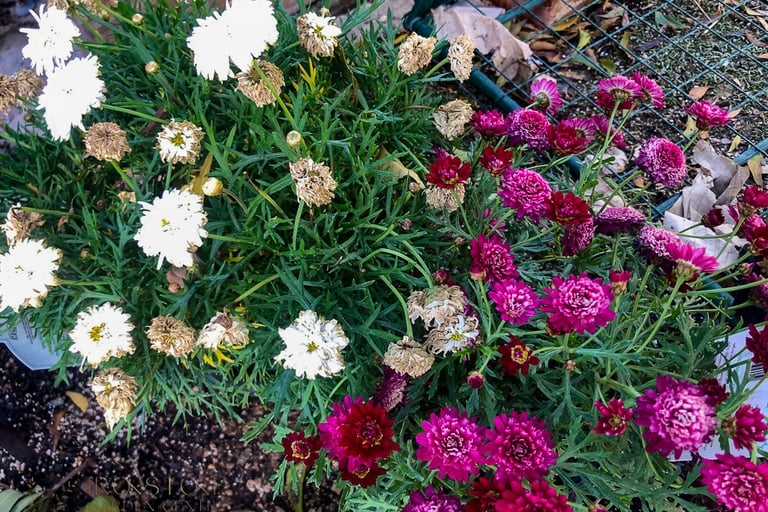

When flowers fade and die, they begin to set seeds. This signals the plant to start winding down its blooming cycle. Dead-heading interrupts this process by removing the spent blooms before seeds are formed. This action helps the plant conserve energy and focus on producing more flowers. It also prevents the plant from investing resources into seed production, allowing it to extend its blooming period.
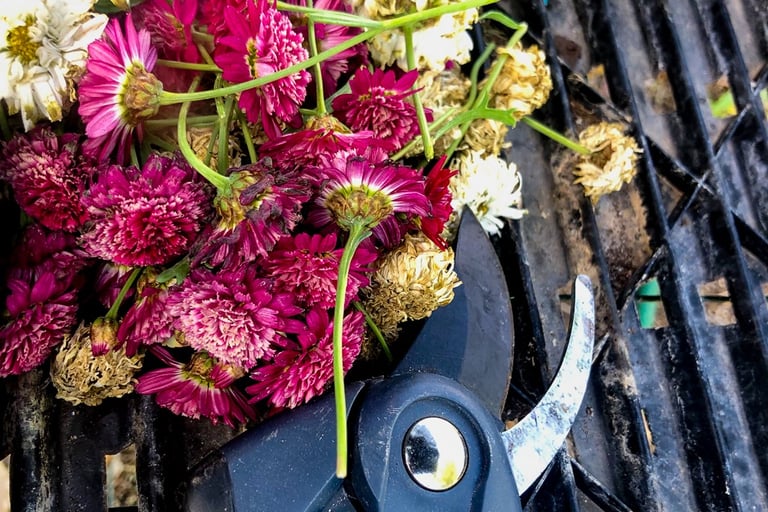

Before Dead-Heading: The plants may appear scraggly with a mix of fresh and faded flowers. The presence of dying blooms can detract from the overall aesthetic and hinder the plant’s ability to produce new flowers.
After Dead-Heading: The plants look cleaner and more uniform. With the old flowers removed, the plants focus their energy on producing new blooms, leading to a more attractive and healthy appearance.
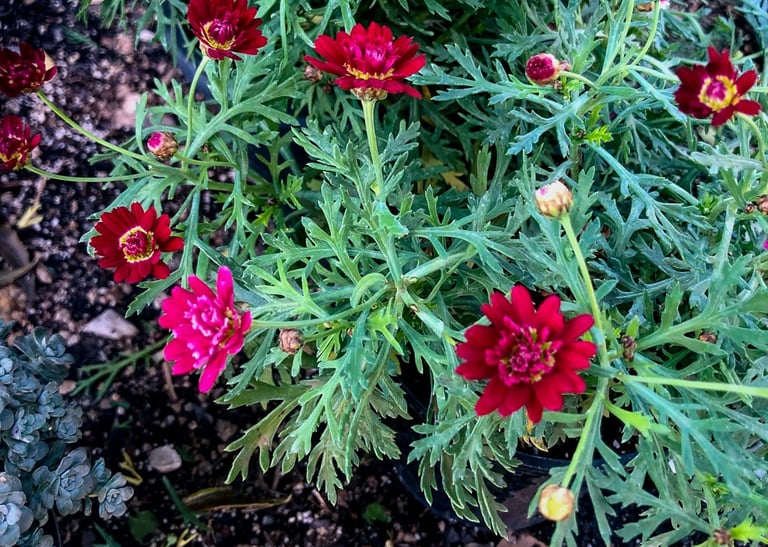

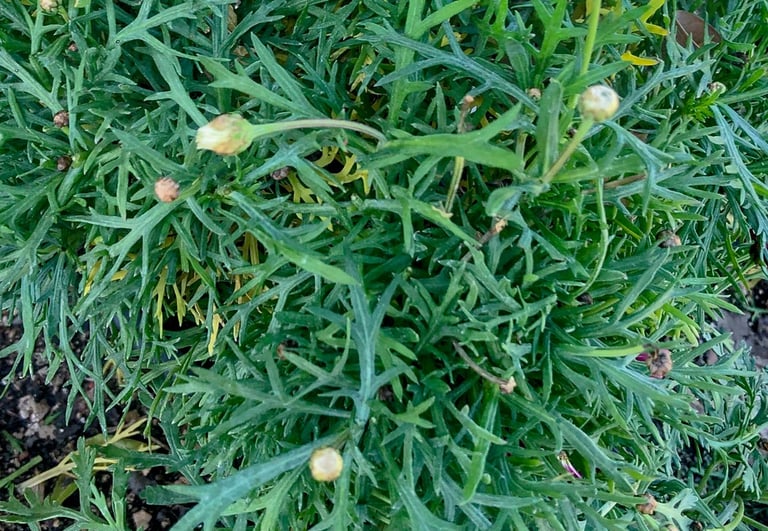

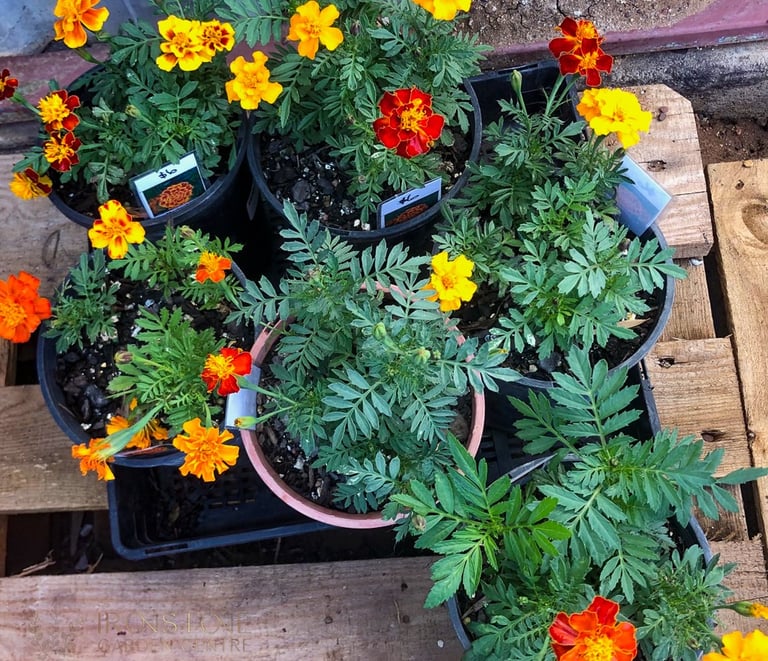

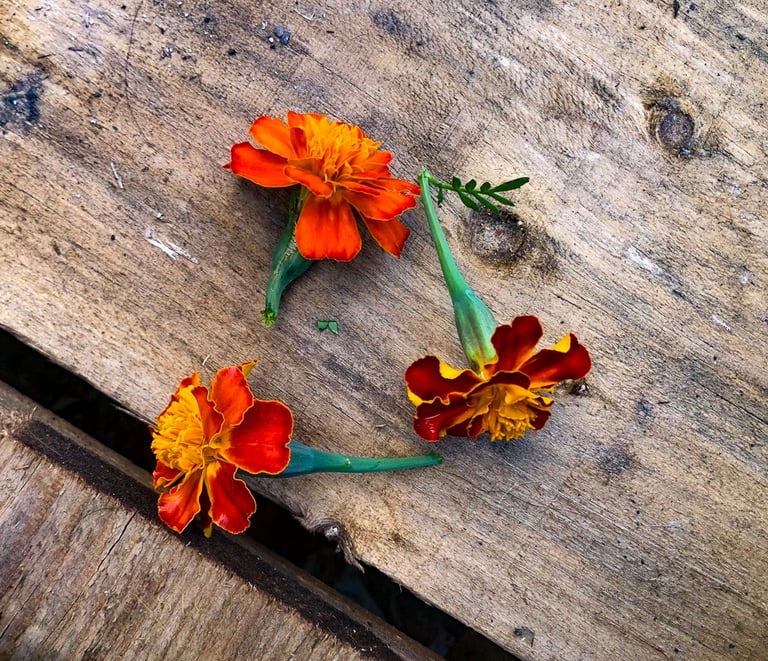

Dead-heading is akin to trimming herbs and removing fruit from fruiting plants.
Trimming Herbs: Just like dead-heading, trimming herbs involves removing spent or old growth to promote new, fresh leaves. Regular pruning helps herbs remain productive and healthy, ensuring a continuous supply of fresh leaves for culinary use.
Removing Fruit from Fruiting Plants: In the case of fruiting plants, removing excess or overripe fruit can help the plant focus its energy on ripening the remaining fruit. This practice also improves air circulation and reduces the risk of disease.
Dead-heading is a valuable gardening technique that enhances the appearance and health of flowering plants. By removing faded blooms, gardeners can encourage continued blooming and maintain a vibrant garden. This practice, along with trimming herbs and managing fruit, underscores the importance of regular plant maintenance to ensure a flourishing and visually appealing garden.
